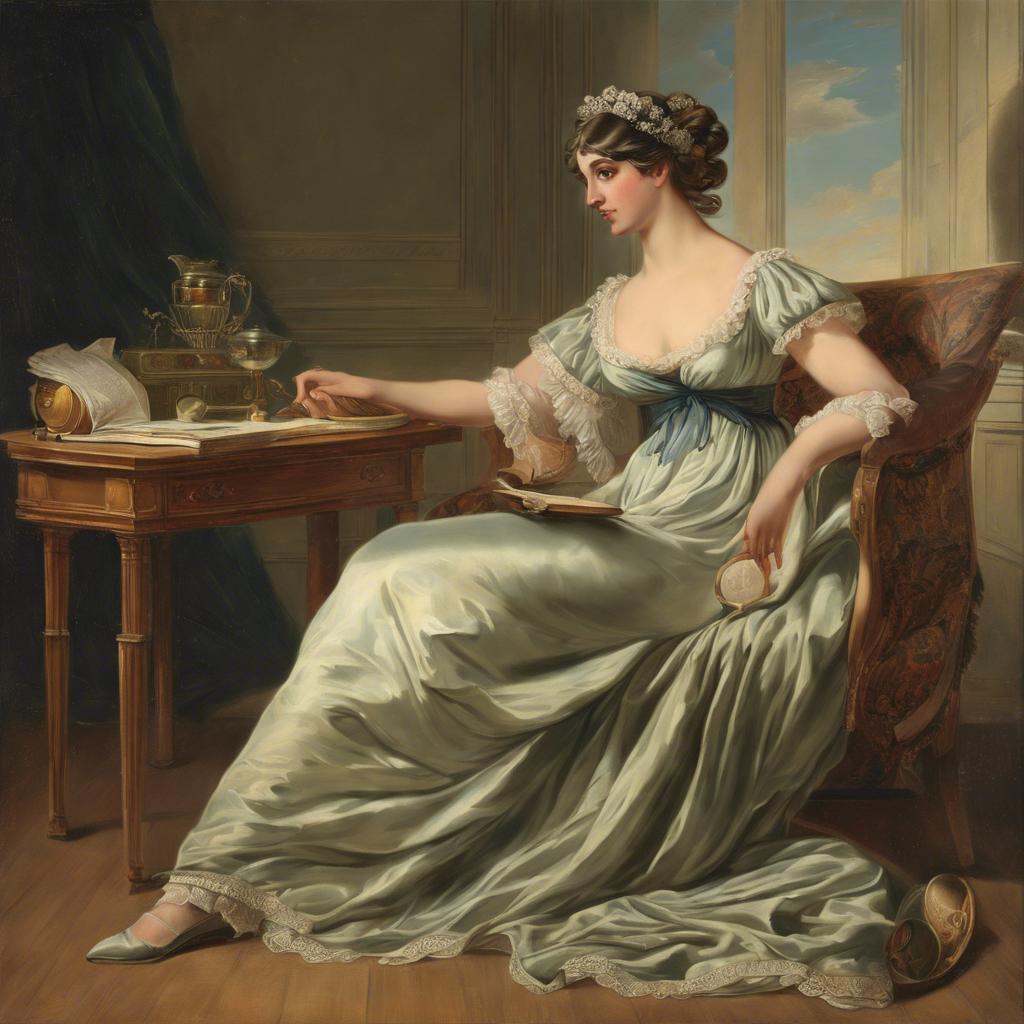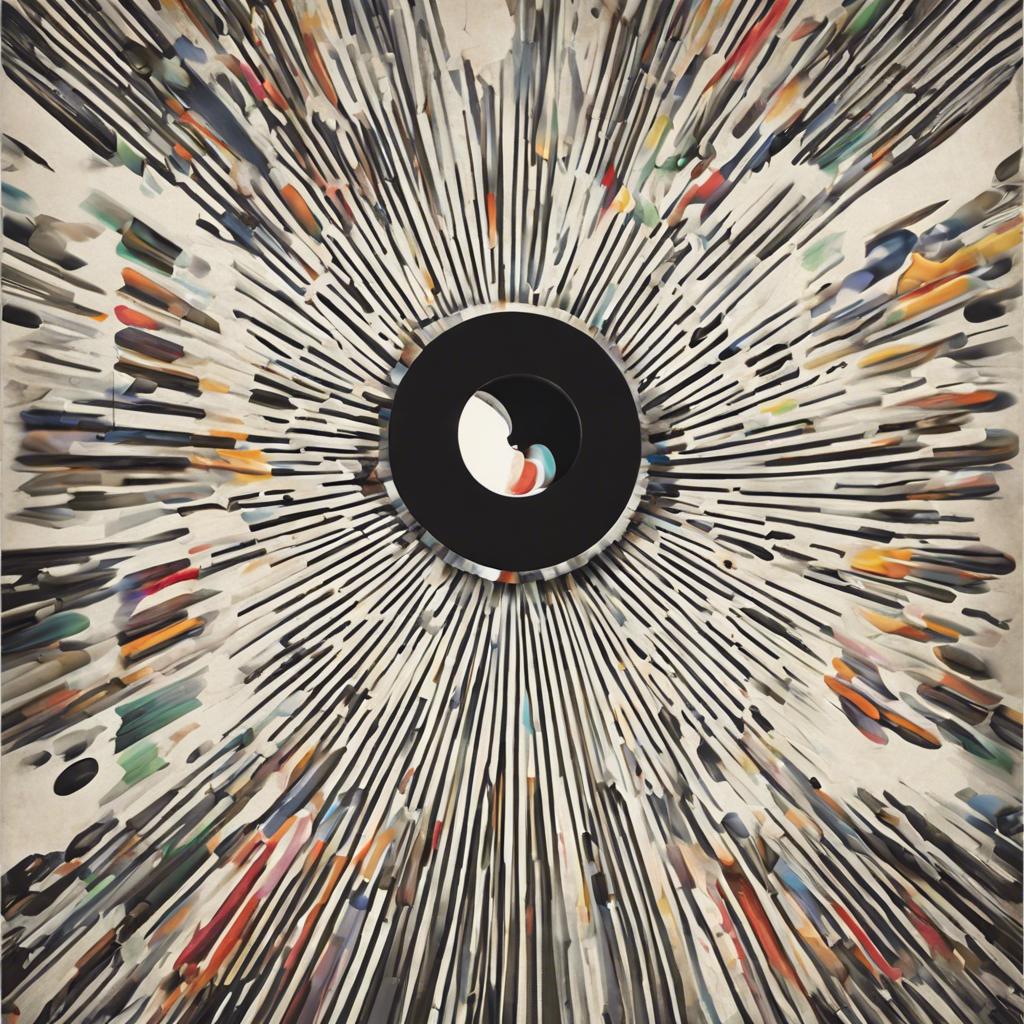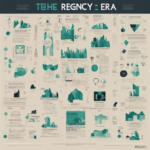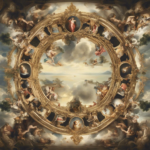The Regency era, spanning from 1811 to 1820, marked a significant period in British history and culture. This period, characterized by the rule of King George IV, saw a flourishing of artistic expression in various forms, ranging from architecture to literature. However, perhaps most notable was the emergence of a distinctly elegant and refined style in visual art. In this article, we will delve into the world of Regency era artwork, exploring its key characteristics, prominent artists, and lasting legacy on the art world.
Step Into the World of Cheryl Bolen
Dive into the enchanting stories of love, intrigue, and elegance set in the Regency Era. Cheryl Bolen's novels offer timeless romance and captivating tales that will leave you wanting more.
Explore Cheryl Bolen's Books Now
Regency Era Artwork: A Reflection of Elegance and Sophistication
The Regency Era in England, spanning from 1811 to 1820, was a time of elegance and sophistication that is beautifully reflected in the artwork of the period. Artists of the Regency Era were inspired by the refined tastes and manners of high society, creating works that exude charm and grace.
Regency Era artwork often featured classical themes, with an emphasis on mythology, history, and literature. Portraiture was also popular during this time, capturing the likeness and character of the elite members of society. Artists such as Thomas Lawrence and John Hoppner were renowned for their skill in capturing the beauty and grace of their subjects.
One of the defining characteristics of Regency Era artwork is its attention to detail and precision. Paintings from this period are known for their exquisite craftsmanship, delicate brushwork, and fine attention to composition and color. The use of soft, pastel colors and gentle lighting techniques further enhance the sense of refinement and sophistication in these artworks.
The Influence of Neoclassical Style on Regency Art
The Neoclassical style had a significant influence on art during the Regency era, shaping the aesthetic of the period and inspiring artists to create works that reflected the values of ancient Greece and Rome. This style, characterized by its emphasis on symmetry, proportion, and simplicity, was a reaction against the excesses of the Baroque and Rococo periods that preceded it.
One of the key features of Neoclassical art was its focus on idealized forms and subjects, such as mythological scenes, historical events, and portraits of prominent figures. Artists in the Regency era drew inspiration from classical antiquity, incorporating elements like columns, arches, and togas into their compositions to create a sense of timelessness and grandeur.
Notable painters of the Regency era, such as Sir Joshua Reynolds and Thomas Lawrence, embraced the Neoclassical style in their work, producing portraits and historical paintings that captured the elegance and sophistication of the period. Their art reflected the values of the time, emphasizing reason, order, and the pursuit of beauty in an era marked by social and political change.
Portraiture and the Representation of High Society in Regency Art
In the elegant and sophisticated world of Regency art, portraiture played a crucial role in capturing the essence and grandeur of high society. Artists of the time were commissioned to create portraits that immortalized the aristocracy and elite members of society, showcasing their wealth, status, and refinement. These portraits often depicted the subjects in lavish attire and opulent settings, reflecting the luxurious lifestyle of the upper class during the Regency era.
The portraits from this period were not only meant to capture the physical likeness of the sitter but also to convey their social standing and importance. Artists employed various techniques to emphasize the wealth and prestige of their subjects, such as using rich colors, intricate details, and elaborate backgrounds. The art of portraiture in Regency art served as a visual representation of the power and influence wielded by the high society members, perpetuating their image as the elite class of society.
Through the meticulous portrayal of high society individuals in Regency art, artists sought to preserve and celebrate the splendor and sophistication of the upper class. These portraits served as symbols of status and privilege, reinforcing the social hierarchy of the time. The representation of high society in Regency art not only provided a glimpse into the lives of the elite but also immortalized their legacy for future generations to admire and appreciate.
Exploring the Symbolism and Themes in Regency Era Artworks
During the Regency era, art was a reflection of the cultural and societal values of the time. Many artworks from this period are filled with symbolism and themes that offer insight into the beliefs and ideals of the people living in the early 19th century. One common theme found in Regency era artworks is the celebration of nature and the beauty of the natural world. Artists often incorporated elements such as flowers, trees, and landscapes into their paintings to symbolize the purity and harmony of the natural world.
Another prevalent theme in Regency era artworks is the portrayal of romance and love. Many paintings from this period depict scenes of couples in romantic settings, such as gardens or ballrooms, to convey the importance of love and relationships in society. These artworks often include subtle symbols, such as flowers or gestures, to represent the depth of the characters’ emotions and the intensity of their feelings for each other.
In addition to nature and romance, Regency era artworks also frequently explore themes of class and social hierarchy. Artists often used symbolism, such as clothing, poses, and settings, to convey the social status of the subjects in their paintings. Through these representations, the artists were able to comment on the rigid social structure of the time and the divisions between the upper and lower classes in Regency era society.
In Retrospect
the Regency era was a period of immense artistic creativity and innovation. The artwork of this time reflected the changing social and political landscape, as well as the tastes and interests of the elite class. From exquisite portraits to grand landscapes, Regency era artwork continues to captivate and inspire audiences today. As we look back on this fascinating period in art history, we are reminded of the enduring legacy of the artists and artisans who shaped the visual culture of their time. We hope this article has provided you with a deeper insight into the world of Regency era artwork and the beauty and complexity that defines it. Thank you for joining us on this journey through the artistry of the past.


